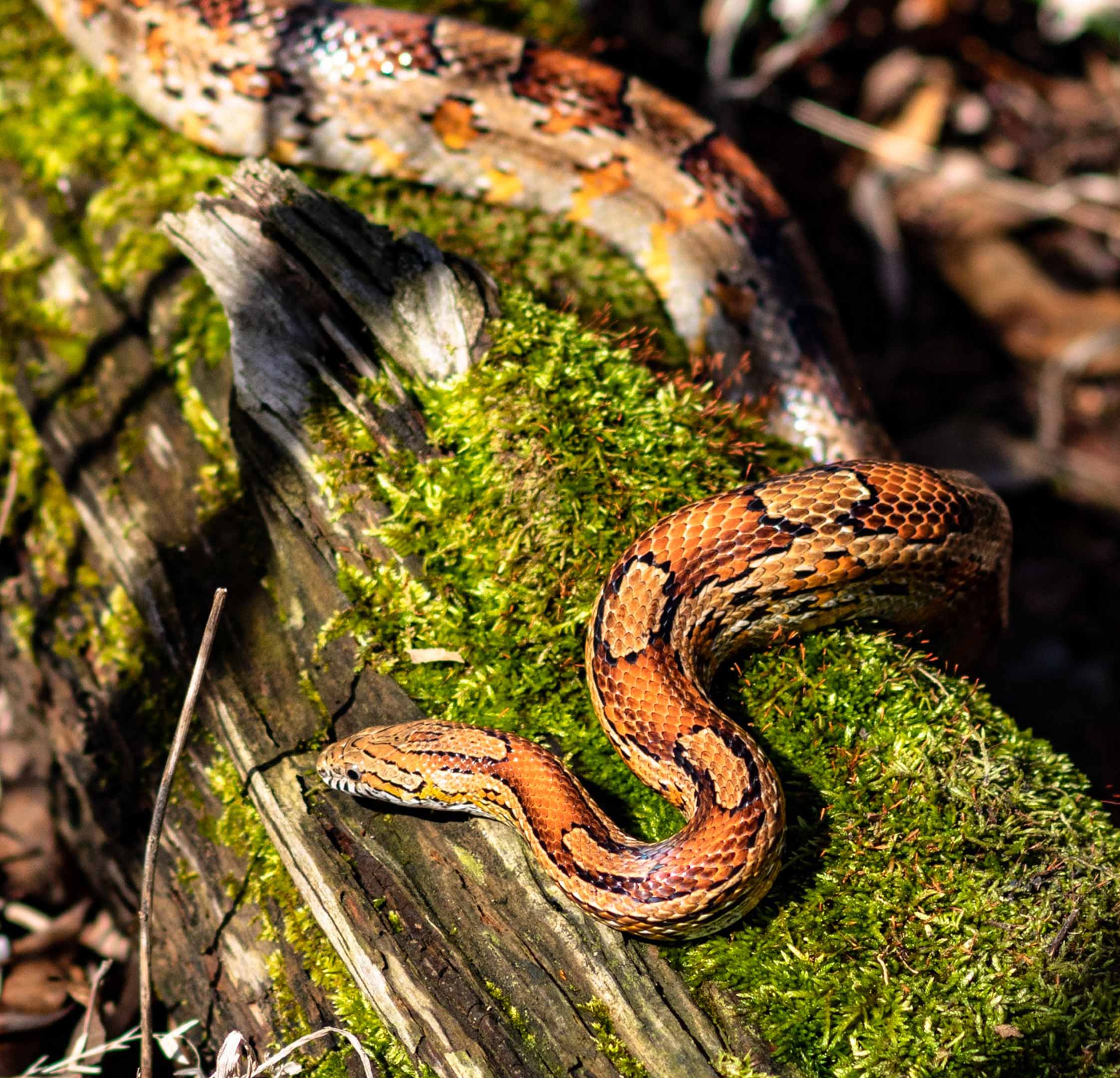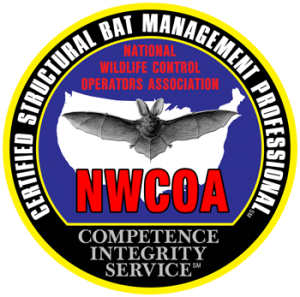SNAKE REMOVAL
Did you know Alabama is home to more than 40 different species of snakes? Although snakes can be frightening to cross paths with, not all of them pose a threat to humans. In fact, there are only six species of snakes in Alabama that are venomous (poisonous), making the majority non-venomous (not poisonous). Venomous or not, finding a snake on your property can be frightening.
Warmer weather brings many critters out from hiding, including snakes. Snakes are a natural part of the ecosystem in Alabama, which means it’s likely that you will run across one in your yard or while exploring the outdoors, especially during the spring and summer months. Most of the time snakes are just passing through, never to be seen again. It’s important to familiarize yourself with local, non-venomous snakes so you can identify those that have the potential to harm you.
Why Snakes Might Hang out in Your Yard
Snakes are commonly found in residential areas, especially those near bodies of water, in newer developments that overtook woodlands and in rural locations. Even though it can be startling or scary to run across them unexpectedly, it’s normal for a snake to be in your yard.
Snakes seek shelter in areas with coverage, like in heavy vegetation, piles of leaves, under rocks and in cracks. Where there is shelter, there is usually a food source for snakes as well – this includes rodents, insects, amphibians, fish and even chickens and their eggs. If your yard features a natural or artificial water source, snakes may be drawn to it as they need water to survive.

Snakes of Alabama
Out of the 40 snake species in Alabama, only six species of snake are venomous. You will see snakes of different kinds everywhere from the Gulf Coast to the mountains in North Alabama. They range in size from the thickness of a pencil lead to lengths approaching eight feet. Snakes can be dangerous to people and venomous snakes pose a threat, as their venom is deadly if the person or pet doesn’t get immediate medical help after a snake bite. Below are the six venomous snake species located in Alabama.
What To Do If You See a Snake at Home
We understand that snakes can be scary, especially to people who are unfamiliar with them or expect every snake to be venomous. This is why education and familiarization with local snake species is important. If you notice a snake in your yard and try to relocate it either on your own or through a wildlife removal specialist, the relocation is likely only a temporary solution. Snakes have home “ranges” that they travel in, and your yard is probably a part of its range, meaning it will likely make its way back.



